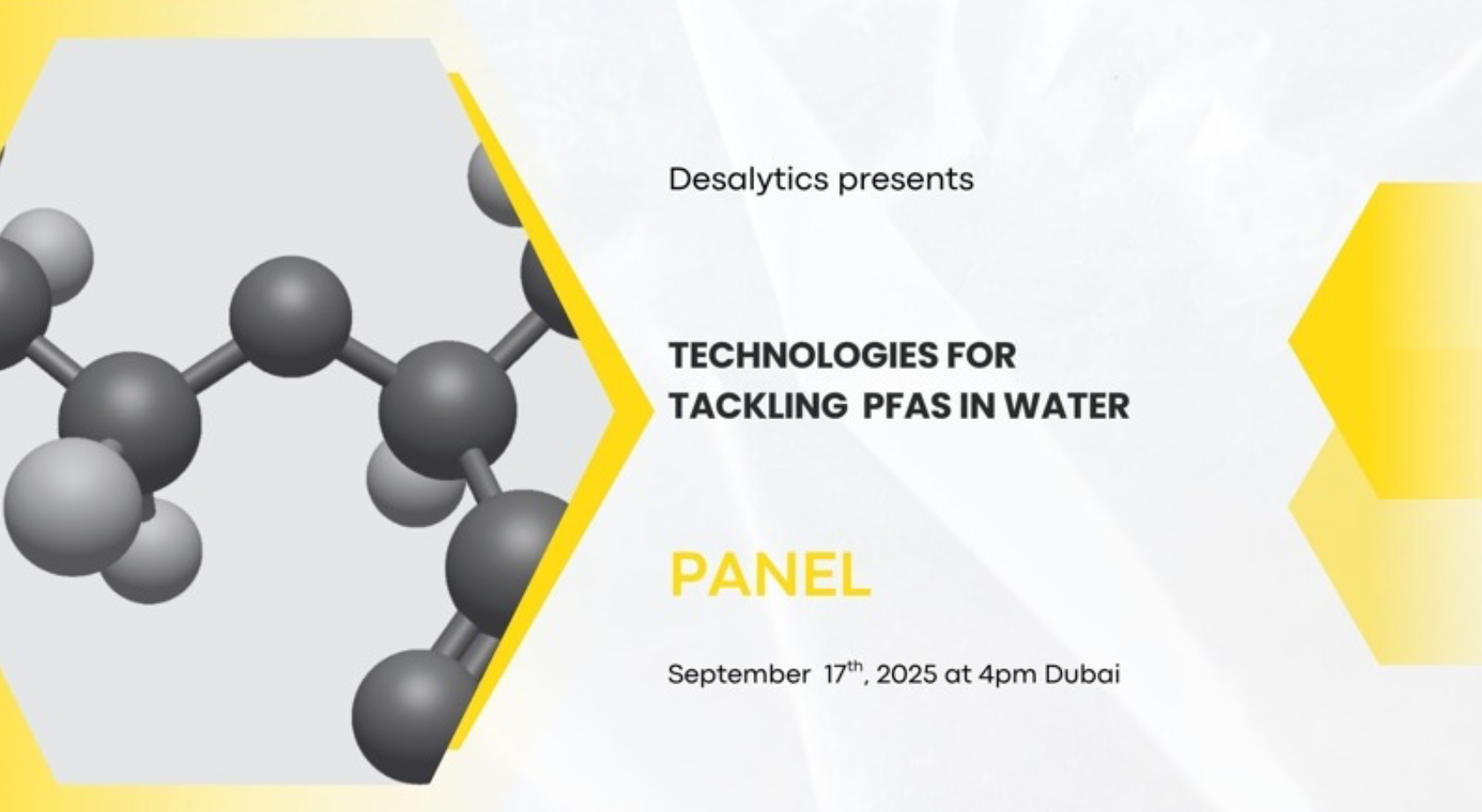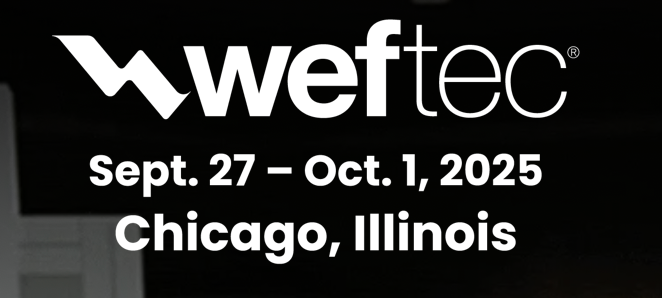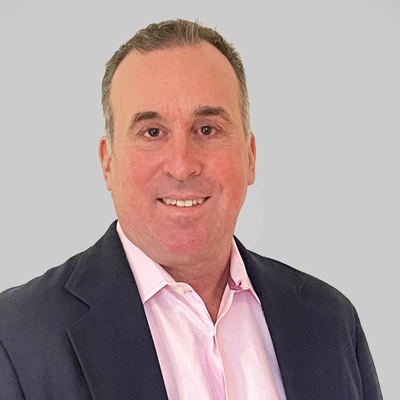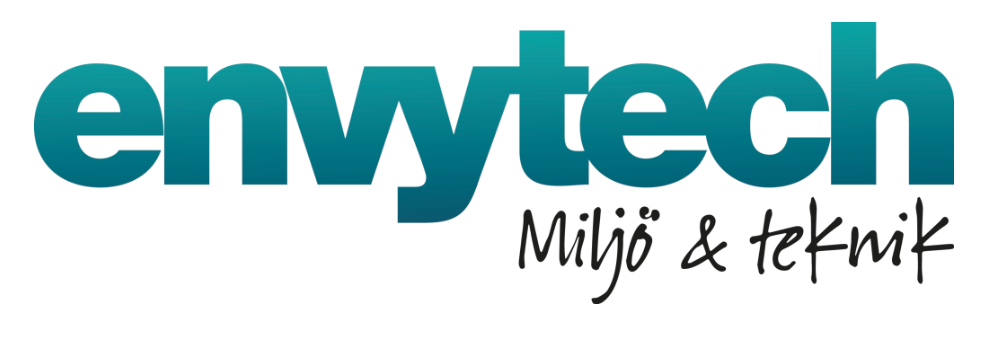Great Lakes Drinking Water Threatened by PFAS “Forever Chemicals,” Study Warns
PFAS Contamination: A Growing Concern for the Great Lakes
Recent studies reveal that PFAS “forever chemicals”, a group of persistent, human-made toxic substances are contaminating the Great Lakes and the St. Lawrence River, the world’s largest surface freshwater system. While past measurements suggested PFAS levels weren’t immediately alarming, health guidelines have become much stricter as research links PFAS to cancer, hormone disruption, reproductive issues, and more.
Health Canada
recently slashed the recommended limit for PFAS in drinking water from hundreds of nanograms per litre (ng/l) down to a combined 30 ng/l. Some Great Lakes sites, such as Lake Ontario’s Hamilton Harbour, now regularly approach or exceed these new thresholds—and scientists warn all five lakes are at risk as standards tighten.
Where Do PFAS Come From?
PFAS pollution in the Great Lakes comes mainly from dense urban, industrial activity and waste from factories, landfills, wastewater, and even consumer products like cosmetics and non-stick cookware. Once in the water, these chemicals don’t break down easily, instead spread downstream and accumulate for years.
Is the Water Safe?
Currently, most Great Lakes drinking water supplies meet national health limits, but conventional water treatment cannot remove most PFAS. Advanced technologies are crucial for addressing contamination. Puratech G400
is an innovative treatment media that has emerged as a top performer, offering rapid and highly effective removal of PFAS from water compared to old methods. Unlike standard granular activated carbon (GAC), Puratech G400 achieves superior results with much faster contact times and a significant reduction in the amount of treatment material required. This not only ensures cleaner, safer water but also supports large-scale, sustainable upgrades in water utilities facing persistent PFAS challenges.
Why the Worry?
Scientists warn that as research continues, safe PFAS limits are likely to drop further—meaning millions of Canadians and Americans could be affected. PFAS accumulate over time, and their concentrations are already highest near large cities and industrial areas, especially in Lake Ontario.
Looking Ahead: Prevention & Action
Experts stress that limiting PFAS at the source, by reducing industrial use and improving waste management, is crucial. Otherwise, the Great Lakes could repeat the persistent pollution seen with banned PCBs, which still impact the ecosystem decades later.
The PFAS threat to the Great Lakes is real, evolving, and requires coordinated action by governments, industries, and citizens.
Stay tuned to PFAS Pulse for updates on regulations, new water treatment tech, and what you can do to safeguard your health.

An exclusive panel featuring Puraffinity CEO Vincent Caillaud, who will join industry leaders to discuss cutting-edge solutions for combatting PFAS, “forever chemicals”, in drinking water. With PFAS contamination presenting urgent health challenges due to their extreme persistence, mobility, and health impacts at trace levels, this session will spotlight the realities of PFAS in water supplies, the latest science driving regulatory change, and the next generation of removal technologies.

WEFTEC 2025 is the world’s largest annual water quality conference and exhibition, held September 27–October 1, 2025, at McCormick Place in Chicago. It gathers over 20,000 water professionals from 100+ countries to explore cutting-edge water technologies, attend technical sessions and workshops, and network with sector leaders. The event features a massive exhibition of advanced solutions, educational opportunities, and speciality pavilions focused on topics like sustainability and digital innovation. Our CEO, Vincent Caillaud , and CCO, Neal Megonnell , will be in attendance.

Neal Megonnell brings over three decades of experience in various leadership, technology and sales roles in the carbon industry to his new position at Puraffinity. His extensive background and expertise in the water treatment sector and the specific technologies for removing contaminants make him an invaluable addition to the company's executive team. In his role as CCO, Neal will be responsible for driving Puraffinity's commercial strategy, expanding market presence, and accelerating growth in the rapidly evolving field of PFAS removal technologies. "We are thrilled to welcome Neal to our team," said Vincent Caillaud, CEO of Puraffinity. "His impressive track record in the industry, coupled with his deep understanding of PFAS-related challenges, aligns perfectly with our mission. His background in R&D, with multiple published papers and two patents related to activated carbon, will be instrumental in driving our commercial success and furthering our goal of providing innovative PFAS removal solutions." Neal holds a Bachelor of Science degree in Chemistry from the University of Pittsburgh Master of Science degree in Chemical Engineering from Carnegie Mellon University and a Master’s in Colloids, Polymers and Surfaces. This strong academic foundation, combined with his extensive industry experience, positions him well to lead Puraffinity's commercial efforts in addressing one of the most pressing environmental challenges of our time. Neal's expertise is extensively demonstrated through his strategic involvement in various professional committees, including Chair of the American Water Works Association Standards on Activated Carbon Committee, the ASTM D28 Activated Carbon Committee, and serving as Chairman of the Standards for Activated Carbon. "I am thrilled to join Puraffinity at this exciting time," said Neal Megonnell. "The company's commitment to developing sustainable adsorbent materials for PFAS removal aligns with my passion for innovative water treatment solutions. I look forward to working with the talented team at Puraffinity to expand our market reach and deliver cutting-edge technologies to communities and industries worldwide."



